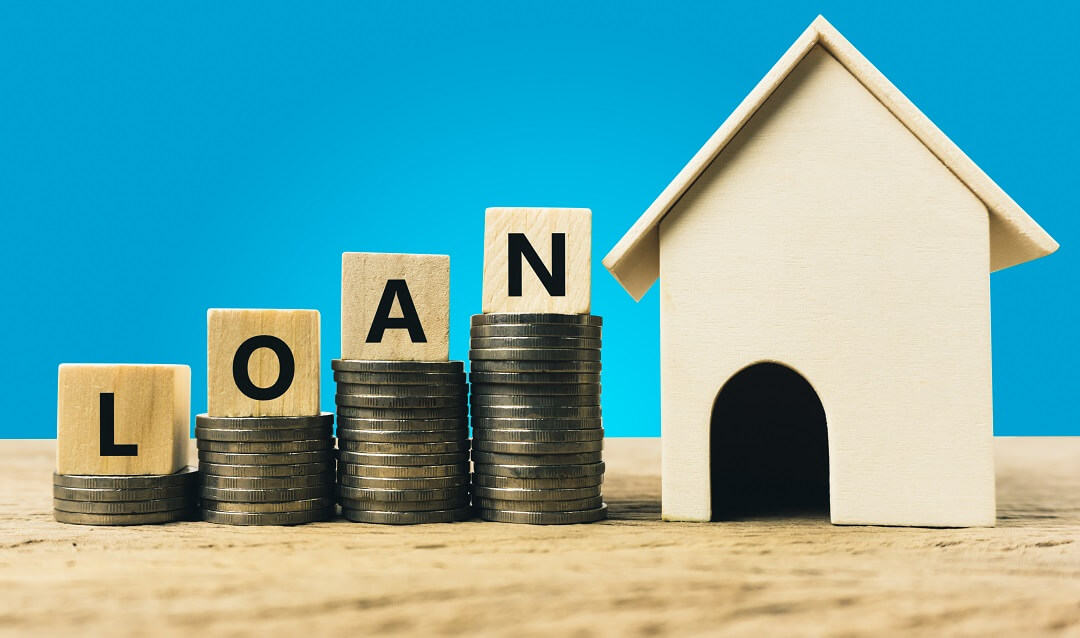When you consider a home mortgage, the first thoughts are often about credit scores, interest rates, down payments, and proof of income. But what happens when you don’t have a job? Can you still qualify for a mortgage without employment? The fact is, many self-employed and retired individuals qualify for a home-buying mortgage every day, but there are some things to consider.
Here we take a look at the ways you can qualify for a home loan without a job as well as the additional requirements you may need to meet.
Key takeaways
- Understand the different ways a home loan is possible without a job.
- Explore the different loan options available for those without a traditional job.
- Explore the different refinancing options available when you don’t have a job.
How to get a mortgage without a job
When it comes to home loan applications, mortgage lenders like to see a steady flow of income that can be easily verified through W-2s and pay stubs. But what happens when you don’t have a traditional job and are instead self-employed, a business owner, a retiree, or are currently in between jobs? Is it still possible to qualify for a home loan?
Here we take a look at some options you have for home mortgage qualification without regular employment. It is also important to keep in mind that, while you can often make up for the lack of employment, lenders may have additional requirements for approval, such as a good credit history.
1. Provide reliable sources of income
When providing a mortgage application, lenders want to see proof of regular income that shows you have the ability to repay the loan. While traditionally this means W-2s and pay stubs from an employer, not everyone has a 9-5 job. In the case of self-employment, contract work, freelance work, or as a business owner, you may have to rely on other forms, such as bank statements and tax returns, as proof of a regular income stream. In the case of retirees, social security and pensions provide a steady income that can be verified. Other sources of reliable income can include rental property income, alimony, and child support. Typically, lenders do not count unemployment payments as income.
2. Provide the lender with a job-offer letter
Lenders often require two years of employment history with income verification, but what if you are in between jobs and are waiting to start a new job? If you have a reliable employment history, you may be able to provide a job-offer letter from your new employer that provides the lender with future salary and employment information.
3. Provide liquid assets
If you are currently unemployed but have a high net worth, significant cash reserves, or liquid assets, this may be enough for the lender to verify and show that you have the ability to make your monthly payments and repay your loan until you acquire employment.
4. Use investment income
Even if you are not currently employed, regular investment income, such as from stocks or capital gains, may be enough to allow for mortgage approval. Keep in mind, however, that loans approved based on investment income can come with higher interest rates.
5. Apply with an additional co-signer
Another way to qualify for a loan while unemployed is to apply with a cosigner, such as a spouse, parent, or friend. When you apply for a mortgage with a cosigner, the lender takes their income and credit history into account as well as your information. In many cases, the addition of a cosigner with a regular employment history provides the additional security a lender needs to approve the mortgage. Keep in mind that if you miss your mortgage payments and default, the cosigner is then responsible for the debt.
6. Offer a larger down payment
When it comes to a mortgage, lenders like the stability of a regular source of income to help reduce the risk of a payment default. However, if you are currently unemployed but have liquid assets, offering a higher down payment can help reduce your risk to the lender and often also helps you with lower interest rates. The higher the down payment, the lower your interest rate may be and the lower your monthly payments will be, making it easier for you to meet your monthly payment obligations and reducing the risk to the lender.
7. Talk with a housing counselor
The Department of Housing and Urban Development (HUD) provides housing counselors that can help you evaluate your current financial situation and help you determine if now is a good time to consider a mortgage. They can work with you to help improve your chances of mortgage qualification.

Types of loans for the unemployed
In addition to applying for conventional and government-backed mortgage loans, there are two types of mortgages available to those borrowers without traditional or current employment.
Asset depletion mortgage
An asset depletion mortgage allows borrowers to leverage their current assets instead of income when it comes to mortgage qualification. This process essentially converts your liquid assets to income in order to replace the lack of current employment income. This process is simply on paper, and you are not required to liquify your assets in order to qualify for the home loan.
No-income verification mortgage
A no-income verification mortgage, or a no-doc mortgage, does not require traditional employment documentation. This type of loan is a great option for self-employed or seasonal workers that have a regular income but no traditional methods of verification. While lenders will still verify that you have the regular income or assets to meet your loan obligations, traditional W-2s or pay stubs are not required. Keep in mind, however, that this type of mortgage often requires a larger down payment and can come with higher credit score requirements and higher interest rates.

Refinancing options when unemployed
If you are currently unemployed and do not have a steady stream of income, it may still be possible to refinance your current mortgage and reduce your monthly payment obligations. If you have a government-backed loan, these refinancing options are available.
FHA Streamline Refinance
An FHA Streamline Refinance is provided for those with a current FHA loan. The idea behind this refinancing program is to help homeowners lower their current interest rate and monthly payments in a quicker time frame and with less effort on the part of the borrower. As long as you meet certain qualifying factors, such as a current FHA mortgage that is not behind on monthly mortgage payments, the lender may not be required to verify your current income.
VA Streamline Refinance
Similar to the FHA Streamline Refinance, the VA Streamline Refinance is a program that offers the ability to refinance a current mortgage, but in this case, the mortgage must be a VA loan. The idea behind this program is to help veterans and service members reduce their interest rates and monthly payments.
The downside to getting a mortgage without a job
While getting a mortgage without a traditional job is possible, it often comes with a price. Many of the available loan options will require higher down payments and will often have higher interest rates, meaning you will pay more for the home in the long run. In addition, qualifications can be a challenge, with many loan options requiring a higher minimum credit score, for example.
Choosing the best mortgage option for your needs
Whether you are temporarily unemployed, retired, self-employed, or a small business owner, qualifying for a home loan without the traditional proof of income is still possible, though it may require some no traditional paperwork and other methods of verifying your income, assets, and ability to meet your loan obligations. Talk with your lender to see where you stand and what may be needed in order to qualify.












